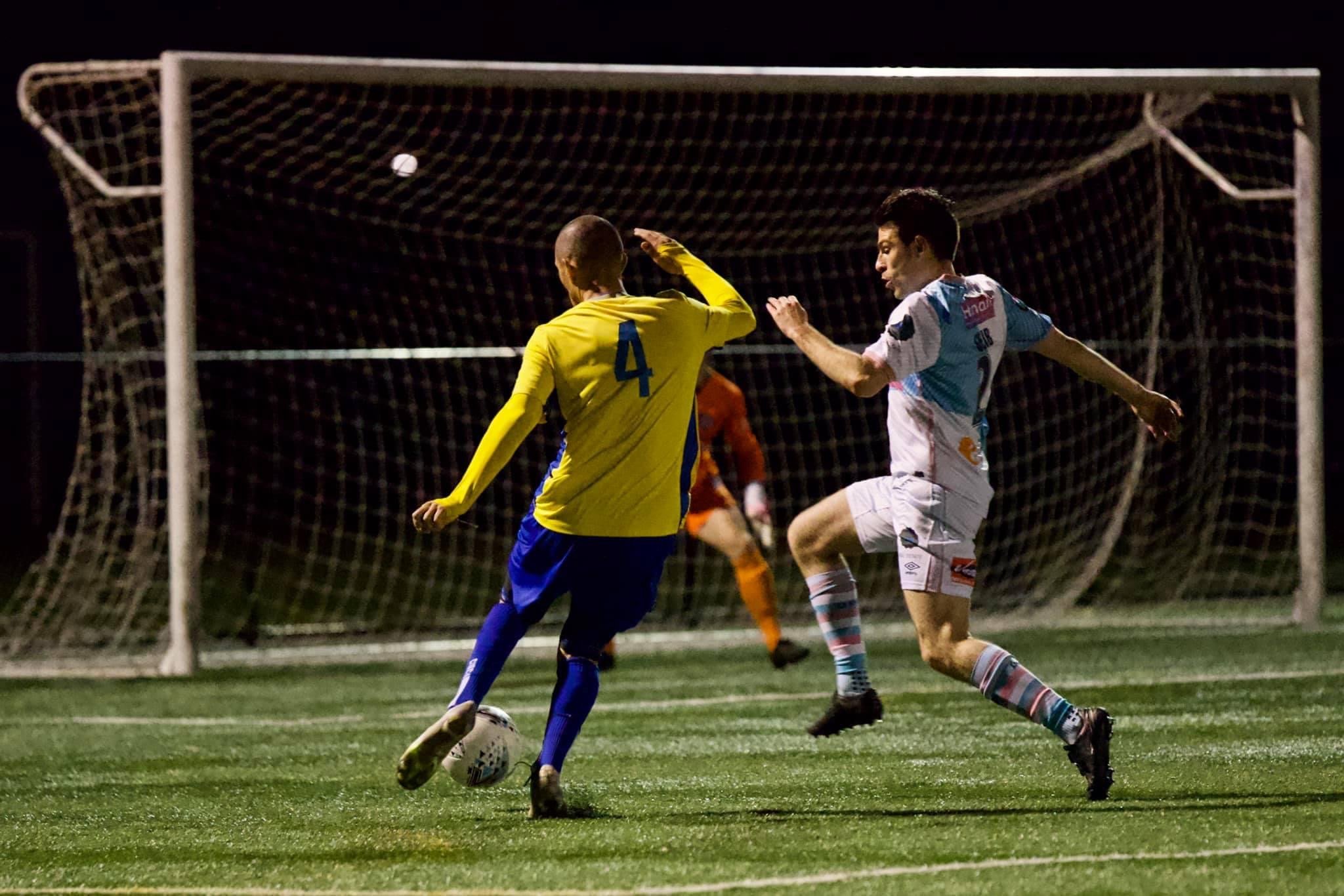The 5 Most Common Injuries in Football (Soccer) and How to Prevent Them
Football is the world game for a reason, it’s played and followed by people in basically every country around the world & is played by millions. At any level injuries are a large risk but at the amateur level access to medical professionals or health professionals sometimes doesn’t come easy. This can create a barrier for returning to play, increase re-injury risk & minimise knowledge of these injuries. Understanding injuries and how to prevent them can help players stay on the field and avoid long-term issues. Here are the five most common football injuries and what you can do to reduce your risk.
1. Hamstring Strains
Hamstring strains are one of the most frequent injuries in football, often caused by quick deceleration actions, sudden sprints, overstretching or other quick actions under fatigue. Symptoms usually include pain, swelling, and difficulty walking but the intensity of symptoms will vary depending on the severity of the tear.
Prevention: Strengthen your hamstrings with exercises like deadlifts and leg curls, hip thrusts. One missed aspect for hamstring strength is adding sprinting into your training. Sprinting can induce up to 9x your body weight through the hamstring & no amount of gym training will reach those loads. As always a good warm up is vital as well for minimising hamstring injuries.
2. Ankle Sprains
Ankle sprains occur when the ligaments around the ankle are stretched or torn, usually due to sudden changes in direction or uneven surfaces.
Prevention: Make sure to train for ankle stiffness through plyometric drills. Strength training is also key, you’ll want to incorporate drills that put the ankle into deeper ranges of motion by having the shin drop, like lunging, lateral lunges, box step downs etc.
3. Knee Injuries (ACL Tears)
The anterior cruciate ligament (ACL) is prone to tears, especially during tackles or sudden stops.Incidence of ACL injuries are increasing these days which the abundance of synthetic pitches could be a potential contribution to that. ACL injuries can be severe and require lengthy recovery with months or even over a year of rehab..
Prevention: Strengthen your quads! This is the primary way to help minimise injuries. Secondarily strengthening the hamstrings (particularly the lower aspect) & the calf/soleus complex are key to building resilience around the knee and controlling the forces acting on the joint. Also training plyometrics that require increased knee bending is a nice strategy to help build resilience to high loads that come at you quickly.
4. Groin Strains
Groin strains are common in football due to the side-to-side movements and quick changes in direction. Symptoms include pain in the inner thigh and difficulty moving the leg. These injuries can be difficult to get on top of sometimes & can cause long term discomfort.
Prevention: Like the previous injuries we’ve covered… STRENGTHEN! Building localised capacity of these tissues is a fantastic way to minimise injury risk. I also find eccentrically training the groin muscles very helpful due to the amount of quick lengthening that is required across the course of a match.
5. Concussions
Concussions are a serious concern in football, often caused by head collisions or falls. Symptoms include but are not limited to headaches, dizziness, double vision, vomiting and confusion.
Prevention: Don’t headbutt the ground (I’ve done that a couple of times and let me tell you, it’s not fun). Concussions are difficult to prevent as sometimes you cannot prevent contact to the head. All you can do is build a strong system, improve your game sense so you can avoid the challenges that might put your head in the firing line. If you do have a head injury during a match you should seek medical assessment immediately & be sure to get clearance before returning to play.
How we can help at Seib Chiropractic
Most people associate Chiropractic care with back pain & cracking joints but we can help and manage all injuries that occur to football players. We play a vital role in both injury prevention and recovery through our hands-on techniques of not only joints, but the soft tissues as well. At Seib Chiropractic we pride ourselves on taking a proactive approach to care by enhancing recovery with manual therapy and building resilience through rehab. If you’ve suffered an injury, we can definitely help you recover faster and help you return to the pitch more confident in your body than before your injury.



